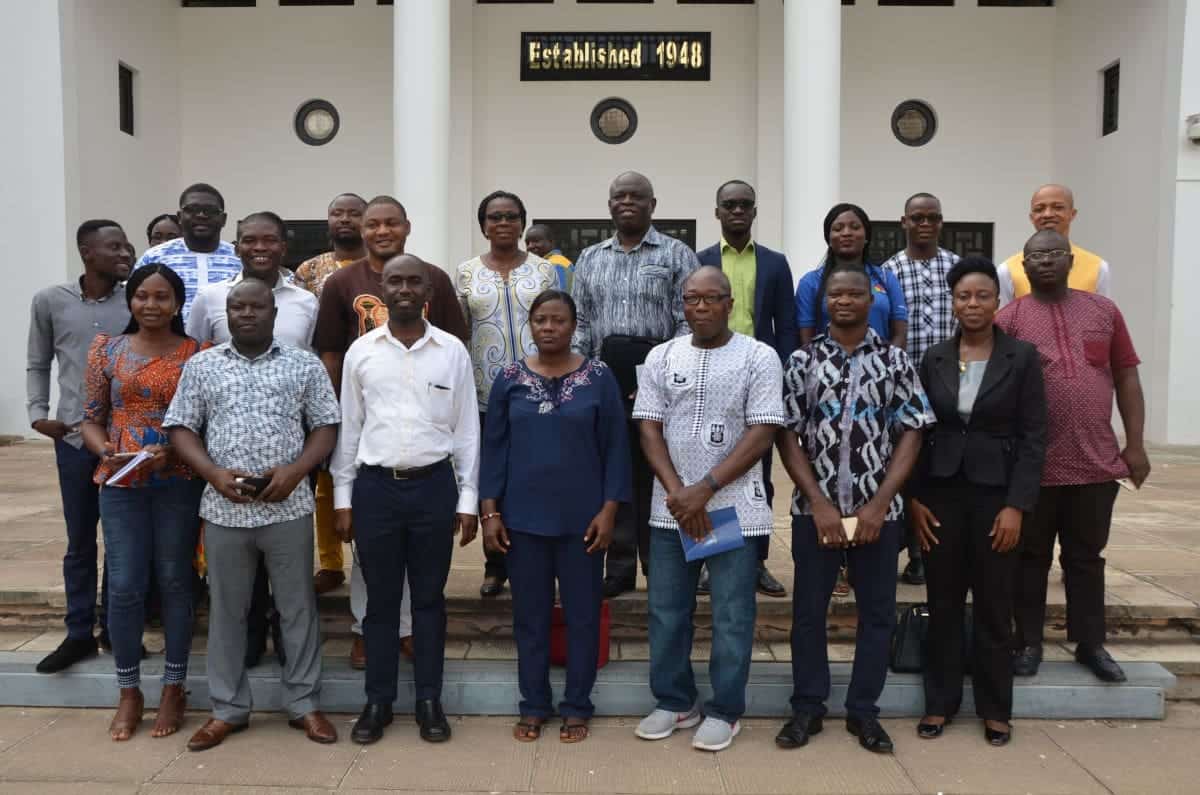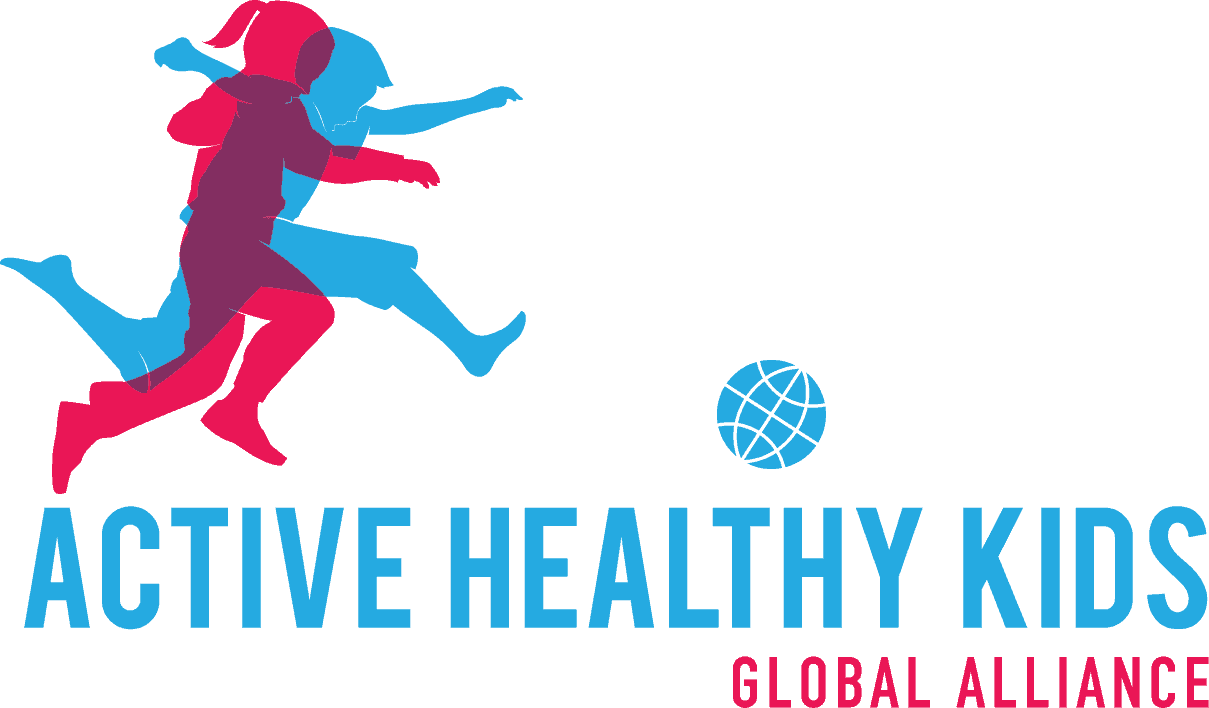
28 Feb Ghana 2018 Report Card Says 70% of Children and Youth Have Failing Physical Activity Grades
DECEMBER 19, 2018 – University of Ghana, Legon – Children in Ghana are not moving enough to maintain healthy growth and development, according to a national report released today.
The report by the University of Ghana, Active Healthy Kids Ghana Alliance (AHKGhA) determined grade assignments based on the best available data, research and key issue areas from the past two years, resulting in the “2018 Ghana Report Card on Physical Activity Levels of Children and Youth” grades.
The report revealed that modern lifestyles – increases in screen time, the growing urbanization of communities and the rise in automation of previously manual tasks – are contributing to a pervasive public health problem that must be recognized as a national priority.
“National trends, including excessive screen time, are contributing to a generation of inactive children and putting them on a dangerous path,” said Professor Reginald Ocansey, Leader of the AHKGhA and Head of the Physical Education and Sport Studies department at the University of Ghana, Legon. “We have a collective responsibility to change this because inactive children are at risk for adverse physical, mental, social and cognitive health problems. This generation will face a range of challenges, including the impacts of climate change, increasing globalization, and the consequences of rapid technological change. They will need to become habitually physically active in order to grow into healthy, resilient adults who can survive and thrive in a changing world.”
The AHKGhA involved 20 experts who produced the country report card, grading 10 common indicators related to the physical activity of children and youth. The resulting report examines national patterns, and highlights how our national lack of attention to inactivity is affecting children’s physical activity levels. Increases in screen time and a growing reliance on technology are taking up crucial time that could be better spent engaged in a wide range of physical activities; and an increased use of motorized transport is changing physical activity levels nationally.
“Pushing back against these lifestyle shifts requires serious and conscious social and built engineering,” said Dr. Ocansey. “It will take many facets of society working together to shift behaviours to preserve and promote our children’s right to play, move and be active. We hope this report will be a call to action for all-concerned agencies/organizations in the country.”
Learning from the Ghana 2018 RC
As a country, we need to rely on very different approaches to get kids moving and being mindful of the fact that physical activity is driven by our pervasive cultural norms. Being active is not just a choice, but a way of life. Therefore, quality physical education should not be fixated on sports alone.
Ghana’s best grade is in Active Play (B-). A notable feature in Ghana is the importance of learning through play (or play-based learning) which is socially engineered by Right-To-Play Ghana. As per their catch-phrase is unique, “When Children Play, the World Wins.” Play-based Learning is in 8 of 10 regions in Ghana, 50 districts and 620 schools across the country. Right To Play has reached 2,500 teachers, 50,000 children and 107.402 community members including parents and caregivers.
The 2nd best grade is in Organized Sport Participation & Active Transport (C+). A notable feature is the continuing inter-schools’ zonal sports competitions across the country every other year and the increasing use of small dusty spaces by children across the country. Where gutter-to-gutter goals can be erected and then play starts, a conscious built engineering can attract more children to move and play. Note that in many schools in rural Ghana, children walk to school and/or bike. Such movements are part of our existence and need to be monitored more closely in order to describe physical activity levels of children more meaningfully. If concerned citizens, government and stakeholders build the environment, more children will play and move.
The 3rd best grade is in Overall Physical Activity (C). Overall physical activity is mostly affected by community and built environment and school which, for many of the children, is a necessity in everyday life, play and active transportation.
Learning from Other countries
Japan had the best grades for Active Transportation (A−) and Physical Fitness (A) and had no grades lower than C−. Japan has a highly established “walking to school practice” that has been implemented since the School Education Act enforcement order, enacted in 1953. It states that public elementary schools should be located within no more than 4 km, and for public junior high schools no more than 6 km from the student’s home.
“There is much we can learn from this RC to improve the grades around the Ghana,” said Dr. Richmond Aryeetey, a member of the AHKGhA in the Public Health Department at the University of Ghana. “Physical inactivity is a global concern and can no longer be ignored locally. For the good of our children’s health and futures, we need to build physical activity into all communities, and change social norms to get kids moving.” “Back in the days of the then, Governor of the Gold Coast, Sir, Gordon Guggisberg; a requirement for establishing a school included (and still holds) the provision of a playground and/or park for sports and other open-air activities”, said Professor Seidu Sofo of Southeast Missouri State University, USA and Professor, Margaret Badasu of Regional Institute of Population Studies at the University of Ghana. “The park/field requirement in school establishment was part of the Guggisberg’s Sixteen Principles of Education (16) and was fully enforced then. In Ghana currently, adherence to this rule is nonexistent resulting in several schools without playfields or parks to promote play and movement.”
About the Global Matrix
The Global Matrix is a comparison of results on physical activity indicators from AHKGA participating countries. The global comparisons were led by the Active Healthy Kids Global Alliance (AHKGA; www.activehealthykids.org), a not-for-profit organization dedicated to powering the movement to get kids moving. Each country’s research process to determine grades was based on the framework from the ParticipACTION Report Card on Physical Activity for Children and Youth. Ten common indicators were compared: Overall Physical Activity, Organized Sport and Physical Activity, Active Play, Active Transportation, Sedentary Behavior, Physical Fitness, Family and Peers, School, Community and Environment, and Government. Report Cards from each of the 49 countries, as well as the results of the global comparisons, were presented at the opening plenary of the Movement to Move Conference in Adelaide, Australia and published in the Journal of Physical Activity and Health on November 27, 2018. Complete details of the Global Matrix 3.0, each country’s grades, report cards, priorities for action, quotes from country leaders and more are available at www.activehealthykids.org. The “Global Matrix 1.0” (2014, 15 countries) and “Global Matrix 2.0” (2016, 38 countries) findings are also available on the AHKGA website.
The AHKGA is committed to informing, guiding and facilitating solutions to the global childhood inactivity crisis. This Global Matrix 3.0 confirms there are challenges for children, communities and cultures around the world. Identified priorities for action include:
- Creating a global movement for comprehensive school physical activity programs that support and allow ALL children and youth to meet the physical activity guidelines through a variety of strategic interventions (e.g., active recess options, physical activity breaks, compulsory physical education).
- Creating a global culture of active kids / active people in all settings, prioritizing active transportation above other modes of transportation.
- Investing in comprehensive social interventions and research to improve implementation and uptake strategies to manage recreational screen time among children and youth.
- Developing a standardized global surveillance system of the physical activity and related indicators among children and youth to fill the current gaps, especially in low- and medium-income countries.
Further information is available at:
www.alwag.org/ahkg/grc2018.pdf
journals.humankinetics.com/doi/10.1123/jpah.2018-0459
www.activehealthykids.org
www.who.int/ncds/prevention/physical-activity/en
For more information, please contact:
Dr. Reginald Ocansey, Leader, AHKGhA
Africa Representative, AHKGA Executive Committee
rocansey@gmail.com or reocansey@ug.edu.gh
+233-24-651-9895
Mr. Kenneth Odeng Adade,
AHKGhA Media Contact, Ghana Olympic Committee,
kenodeng@gmail.com


